Antarctica is not just the land of extreme weather conditions; it is also the land of rare natural phenomena. Being one of the most isolated places, Antarctica holds many secrets. Every now and then, a new geographic feature or a new natural phenomenon is discovered in Antarctica. This article will provide you with all the basic information you need to know about Antarctica. Let’s learn some interesting facts about Antarctica.
18 interesting facts about Antarctica
1. Antarctica is the fifth-largest continent in terms of area. It has an area of about 14.2 million square kilometers (5.48 million square miles).
- Asia
- Africa
- North America
- South America
- Antarctica
- Europe
- Australia
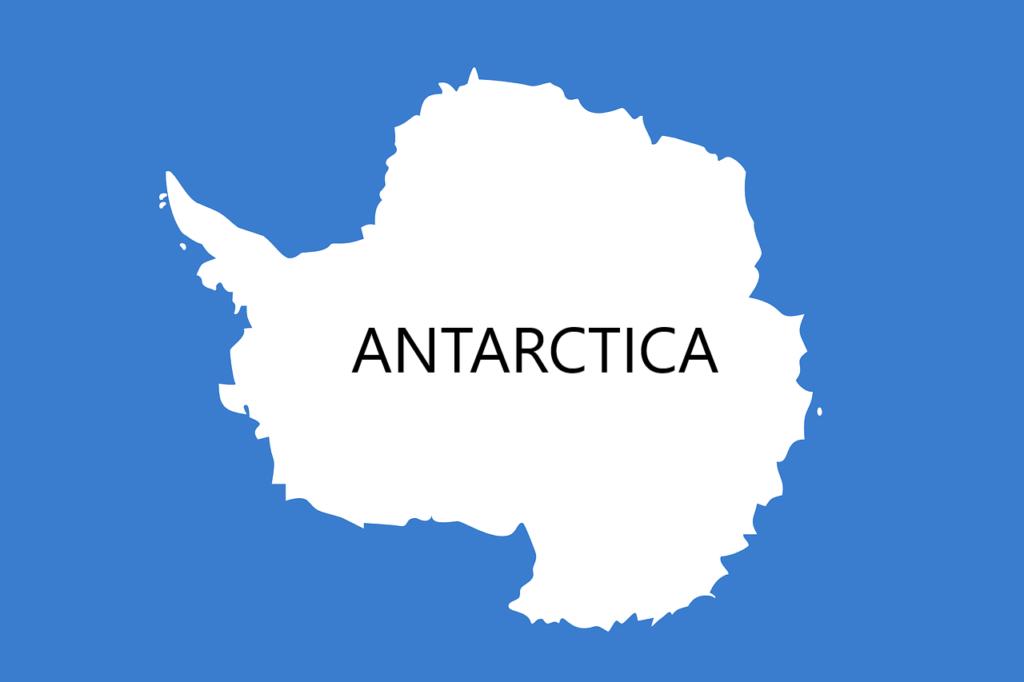
2. Antarctica is the coldest, windiest, and driest continent.
- The coldest temperature ever recorded on Earth was -136° F (-93.2° C) near a high ridge between Dome Argus and Dome Fuji, in East Antarctic Plateau.
- The strongest winds in Antarctica can reach speeds of over 322 kmph (200 mph).
- The average precipitation in Antarctica is around 160 mm. The continent is basically a cold desert.
3. About 98% of Antarctica is covered with ice, which has an average thickness of about 2 kilometers. Moreover, 90% of the world’s total ice is in Antarctica.
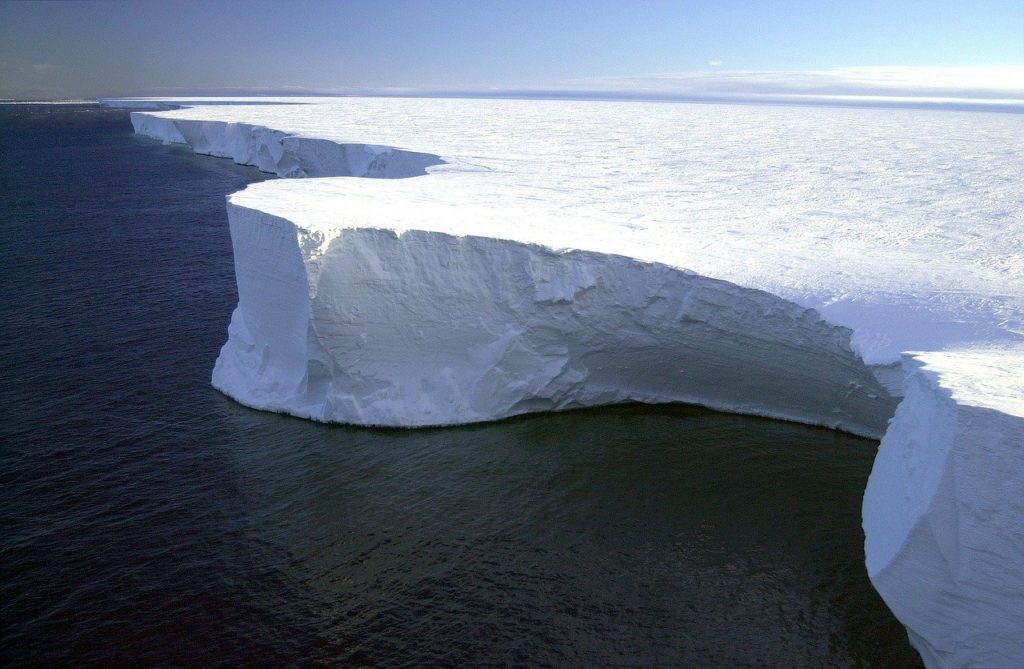
4. Antarctica has around 70 percent of Earth’s total freshwater.
5. Antarctica is the continent with the highest average elevation (about 2,500 meters). The highest mountain in Antarctica is Mount Vinson which has an elevation of 4,892 meters.
6. There is a huge amount of volcanic activity going on under the ice in Antarctica. 138 volcanoes have been discovered till now. Volcanoes under glacial ice are known as subglacial volcanoes or glaciovolcanoes.
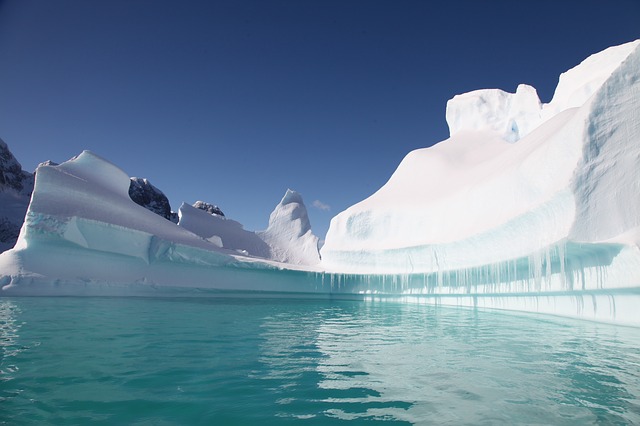
7. The geographic South Pole is located in Antarctica.
8. In Antarctica, as we move toward the South Pole, the number of days when the sun is above the horizon during the winter decreases. At the South pole, there is no sunshine, not even twilight, during the winter.
On the contrary, there is continuous sunlight for the entire 24 hours of the day during summer at the South Pole.
9. There is no indigenous population living in Antarctica. However, there are always 1000-5000 people living in research centers. Emilio Marcos Palma was the first documented person to be born in Antarctica.
10. Antarctica was once part of the Gondwana supercontinent which broke into various landmasses. India, Australia, South America, Africa, etc were also part of the same supercontinent.
11. East Antarctica is colder than West Antarctica as it has a higher average elevation.
12. Emperor penguins are endemic to Antarctica. They are the tallest and the heaviest penguins. Emperor penguins can reach a height of over 1 meter and can weigh as much as 45 kilograms.
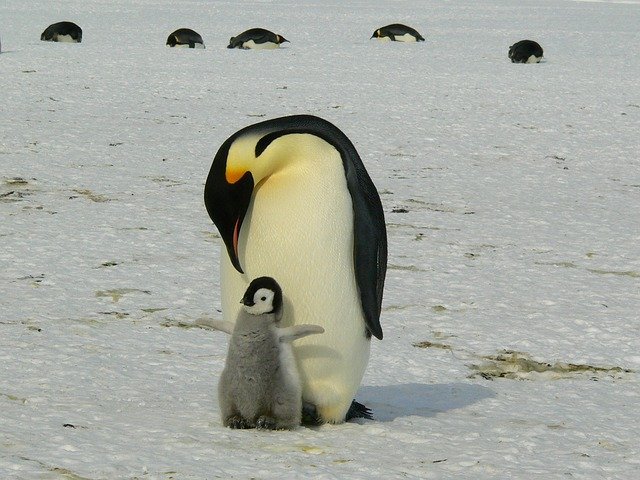
13. Antarctic waters are home to various whale species including the mighty blue whale and the dangerous killer whale.
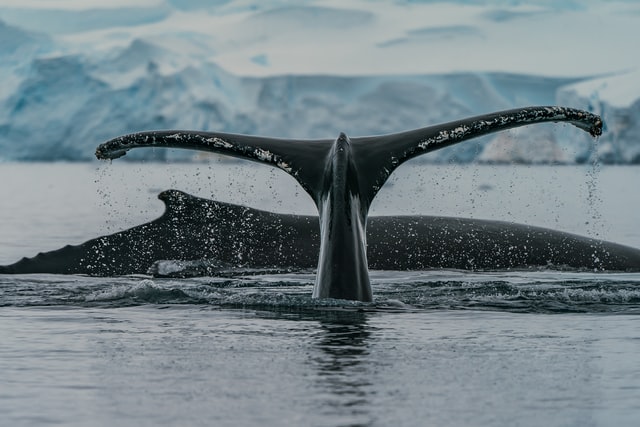
14. There are hundreds of subglacial lakes in Antarctica, among which Lake Vostok is the largest known. Subglacial lakes are lakes found under a glacier.
15. Many large chunks of icebergs have separated from Antarctica from time to time. For example, a 1,636 square-kilometer iceberg separated in 2019. An even bigger 2,240 square kilometer chunk separated in 2017.
(Also read: Why is the South Pole colder than the North Pole?)
16. If all the ice in Antarctica melts, the global sea levels may rise by 60 meters or more.
17. There are many salt lakes and ponds in Antarctica that have a salinity 10 times that of the oceans.
18. The rare natural phenomenon in Antarctica includes the Aurora lights, the diamond dust, the sun dog, etc.
Quick question
Which is the densest planet in our solar system?
Read more
- The four seasons on Earth | Why the Earth has seasons?
- Layers of the atmosphere | Troposphere, Stratosphere, Mesosphere, etc.
Answer to quick question
Earth is the densest planet in our solar system. Mercury is the second densest.